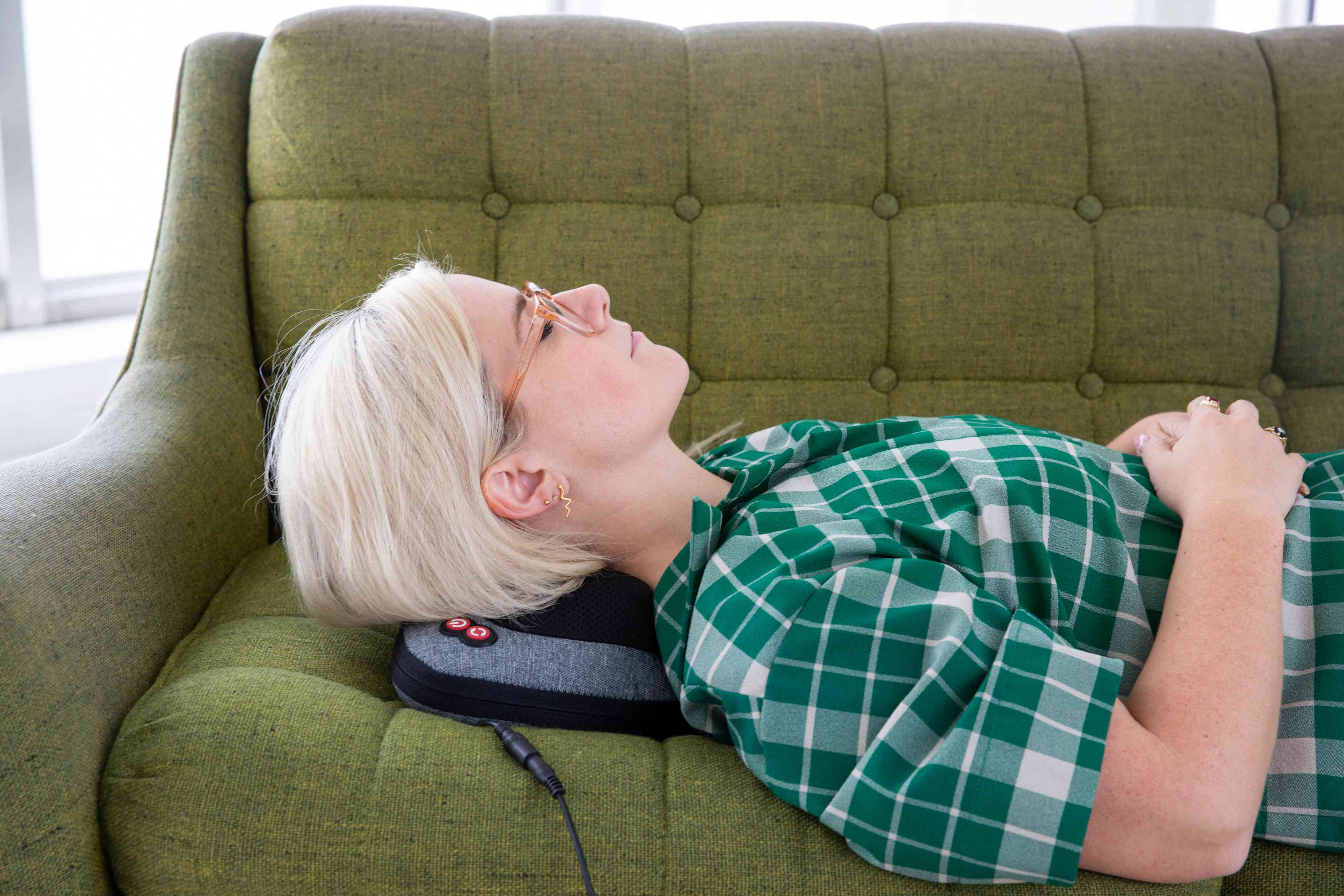The Psychology of Space: How Home Layout Affects Your Mood and Productivity
The design and layout of your home have a profound impact on your mental well-being and daily productivity.
Evie Parker
July 04 , 2025 — 5 minutes read
The design and layout of your home have a profound impact on your mental well-being and daily productivity. From the way you feel when entering a room to how easily you navigate through your living space, every element contributes to your overall mood. Understanding the psychology of space is key to designing an environment that not only looks beautiful but also fosters creativity, reduces stress, and enhances your quality of life.
The Science Behind Spatial Design
Environmental Psychology
Studies in environmental psychology reveal that our surroundings can significantly influence our emotions and behaviors. Research shows that:
- Cluttered Spaces: A chaotic environment can elevate stress levels, reduce focus, and even contribute to feelings of anxiety.
- Open and Organized Spaces: In contrast, a well-organized, open layout promotes a sense of calm and clarity. Clean lines, clear sightlines, and deliberate arrangements can all help to create an atmosphere that is conducive to relaxation and productivity.
Flow and Functionality
The flow of a space—the way rooms connect and the ease with which one can move through a home—plays a crucial role in its functionality.
- Seamless Movement: A layout that promotes free movement minimizes physical and mental barriers. This ease of flow not only enhances day-to-day living but also reduces stress by eliminating visual obstacles.
- Functional Zones: Dividing your home into distinct areas for work, relaxation, and socializing can help to compartmentalize activities, thereby boosting focus and efficiency.
Personalization
Your home should be a reflection of your personality and lifestyle. Personalized spaces can:
- Boost Morale: When your environment resonates with your identity and interests, it fosters a deeper sense of belonging.
- Enhance Creativity: A space that reflects your individuality can inspire creative thinking and make everyday tasks more enjoyable.
Key Elements to Consider
When designing your home with psychological well-being in mind, consider these critical elements:
Open Layouts
- Maximize Natural Light: Open-concept designs allow for abundant natural light, which is known to boost mood and energy levels.
- Encourage Interaction: An open layout fosters social interaction and makes it easier to communicate within family or work spaces.
Zoning
- Designated Areas: Creating specific zones for work, relaxation, and play can enhance functionality and reduce distractions. For example, having a separate work area helps to create boundaries between professional and personal time.
- Visual and Functional Separation: Use furniture, rugs, or even color changes to define different zones without compromising the overall flow of your home.
Natural Elements
- Biophilic Design: Incorporate plants, natural light, and organic materials like wood and stone to bring the outdoors inside. These elements can significantly reduce stress and create a calming atmosphere.
- Sustainable Materials: Choose eco-friendly materials that are not only visually appealing but also promote health and environmental sustainability.
Color Psychology
- Calming Hues: Colors such as blues and greens are known for their calming effects, making them perfect for spaces where relaxation and focus are paramount.
- Energy Boosters: Yellows and warm oranges can stimulate creativity and energy. Use these as accent colors to add a touch of vibrancy without overwhelming the space.
- Consistency: Maintaining a cohesive color palette throughout your home can create visual harmony and reduce cognitive overload.
Practical Strategies for a Balanced Space
Implementing the principles of spatial design in your home can be both a creative and transformative process. Here are some practical strategies to help you achieve a balanced, inspiring environment:
Declutter and Organize
- Regular Decluttering: Make it a habit to review your belongings regularly. Removing items that no longer serve a purpose can dramatically reduce visual noise and stress.
- Smart Storage Solutions: Invest in organizational systems that not only store items efficiently but also contribute to the overall aesthetics of your home. Consider built-in shelves, multi-functional furniture, and hidden storage compartments.
Furniture Arrangement
- Promote Flow: Arrange furniture in a way that allows for easy movement and clear sightlines. Avoid blocking windows and pathways to let natural light and views enhance the space.
- Ergonomic Considerations: Choose furniture that supports comfort and productivity. For example, an ergonomic office chair in a well-lit workspace can improve both health and focus.
Lighting and Ambiance
- Layered Lighting: Combine natural and artificial lighting to create a dynamic environment. Use ambient lighting for overall illumination, task lighting for focused areas, and accent lighting to highlight key features.
- Adjustable Options: Incorporate dimmable lights or smart lighting systems that allow you to adjust the mood according to the time of day or activity.
Real-Life Inspirations
Imagine a home where every detail is thoughtfully curated for both beauty and function:
- The Open-Concept Home Office: A bright, airy room with a minimalist design, where a sleek desk faces a large window. Plants are strategically placed to bring a touch of nature indoors, and a subtle color palette of blues and greens creates a calming yet energizing workspace.
- The Multi-Zoned Living Room: A living area divided into distinct zones—a cozy reading nook with comfortable seating, a family gathering space with an open layout, and a dedicated play area for children. Each zone is designed with specific lighting, furniture, and decor that harmonize with the overall design.
These examples highlight how thoughtful spatial design can improve both functionality and mental well-being, making your home a true sanctuary.
Final Thoughts
By understanding the psychology of space, you can design a home that not only looks beautiful but also supports your mental well-being and productivity. A well-planned layout that emphasizes open spaces, functional zoning, natural elements, and thoughtful color choices can transform your living environment into a balanced, inspiring haven. Whether you're revamping a single room or redesigning your entire home, these strategies can help you create a space that nurtures creativity, reduces stress, and enhances overall happiness.







